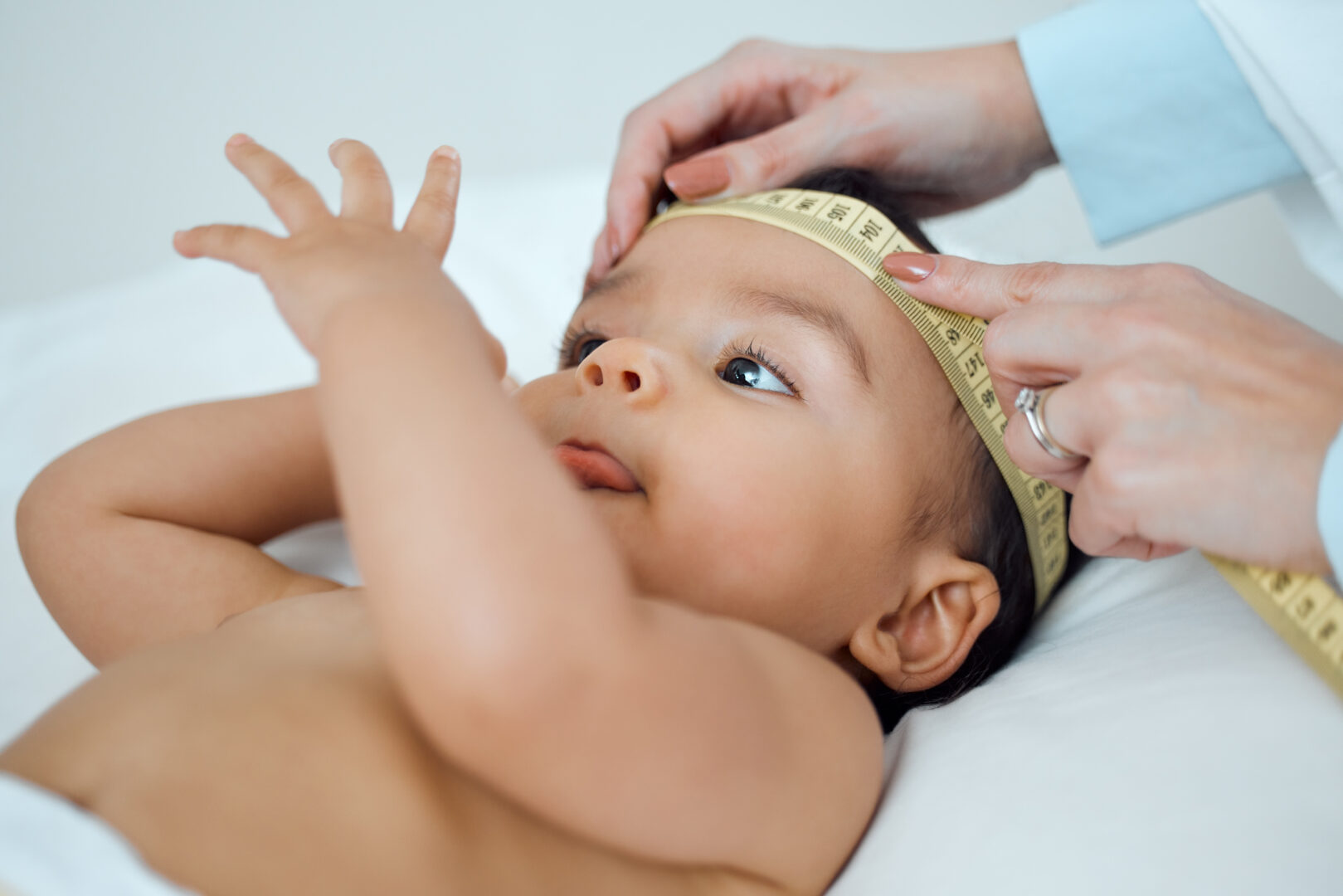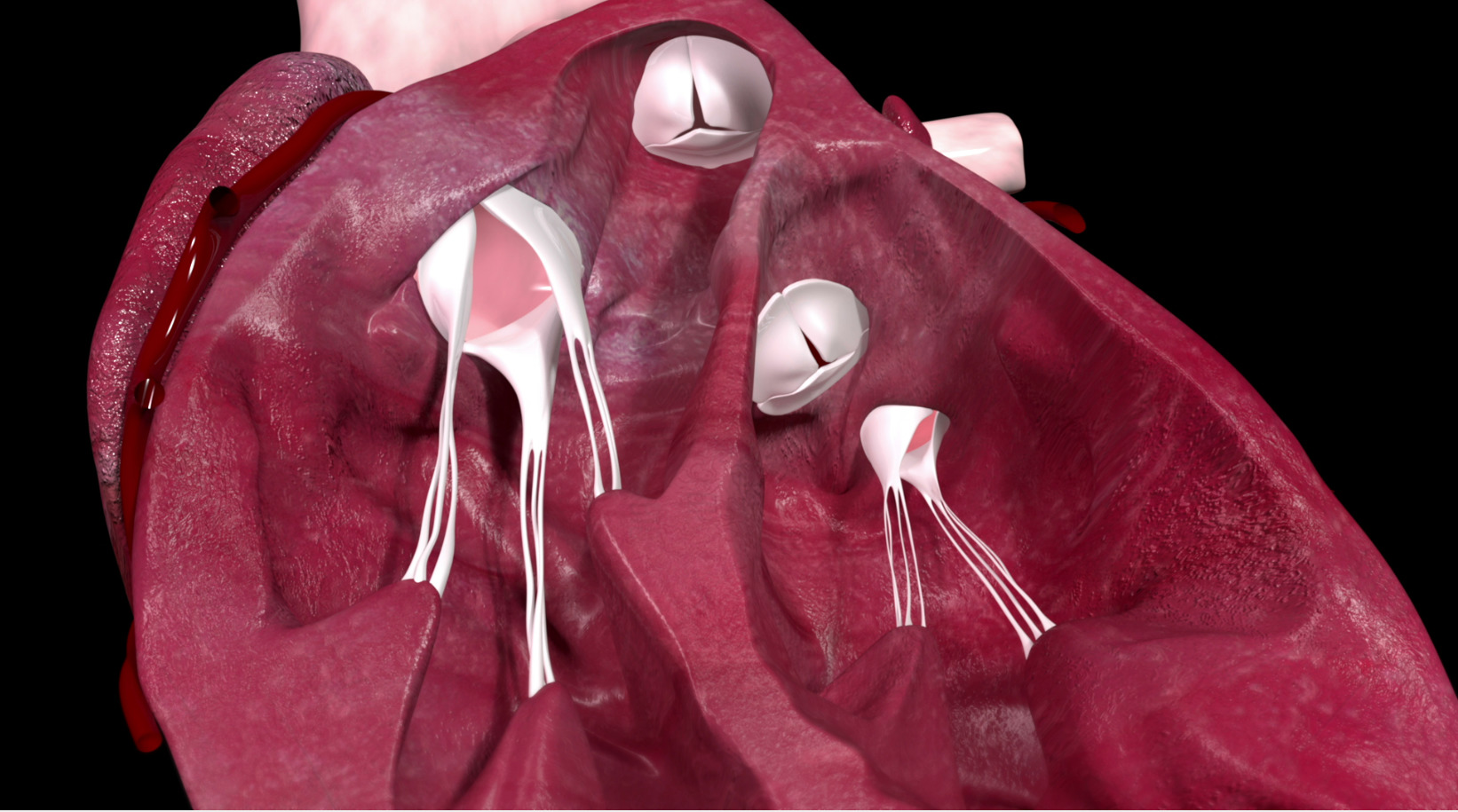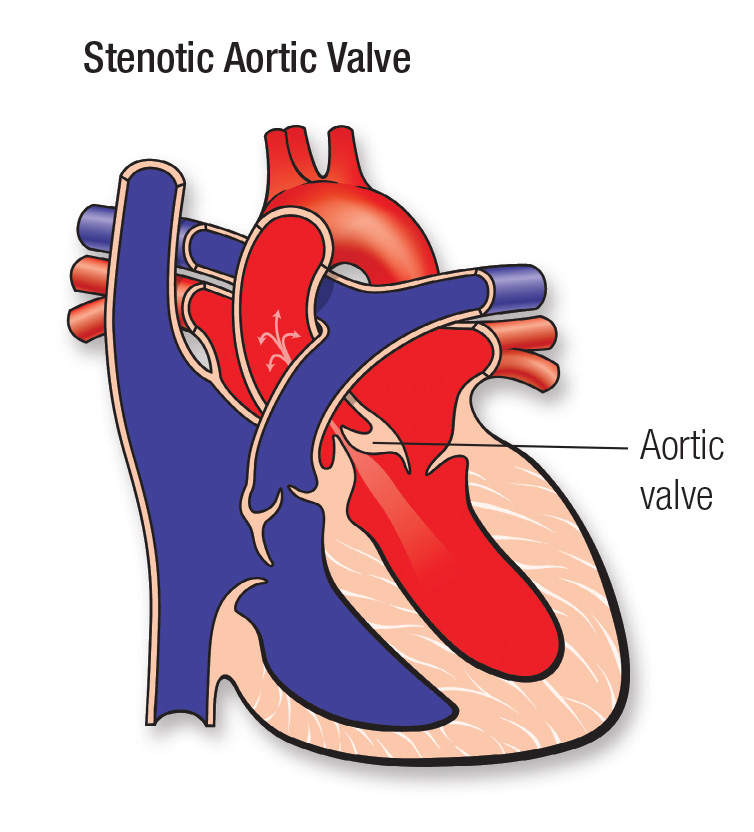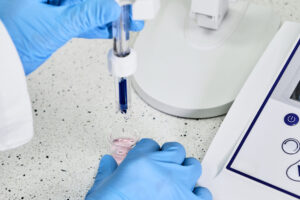Learning objectives
- Definition and examples of craniofacial dysostosis
- Perioperative management of craniofacial dysostosis
Definition and mechanisms
- Craniofacial dysostosis or craniosynostosis is a condition in which premature fusion of one or more of the cranial sutures occurs, leading to abnormal skull development and head shape
- Abnormal premature fusion of one or several of these sutures results in restricted growth of the skull perpendicular to the affected suture
- Compensatory bone growth occurs parallel to the affected suture in order to allow for continued brain growth and results in distinct clinical skull characteristics
- Children may present with a broad range of conditions requiring correction, from otherwise well children with single suture craniosynostosis (80% of cases) to syndromic children with multiple synostoses with other cranial and extracranial anomalies
- Syndromes most frequently associated with craniosynostosis include:
- Crouzon syndrome:
- The most common craniofacial dysostosis syndrome
- Apert syndrome:
- Is similar to Crouzon syndrome but is more severe
- Craniofacial characteristics of Crouzon syndrome and syndactyly (webbing of finger and toe) in addition
- Intellectual disability is also more common in Apert syndrome
- Pfeiffer syndrome:
- Craniofacial characteristics and hand and feet abnormalities are also present (wide and deviated thumbs or big toes)
- Mental and neurological problems are more likely
- Crouzon syndrome:
- Caused by an inherited or spontaneous autosomal dominant mutation in the fibroblast growth factor receptor 2 (FGFR2) located on chromosome 10
- Incidence is 1 in 2500 live births
- Correction may require extensive surgery that is commonly performed at a young age
Signs and symptoms
- Wide-set eyes (hypertelorism)
- Bulging eyeballs (proptosis)
- Crossed eyes (strabismus)
- Protruding forehead
- Small, beak-shaped nose
- Underdeveloped jaw
- Cleft lip and/or palate
- Abnormal head shape
- Insufficient growth of the midface
Complications
- Vision problems
- Dental problems
- Hearing loss
- Breathing problems
- Hydrocephalus
- Rarely, intellectual disability
Diagnosis
- Physical appearance
- MRI/CT
- Genetic testing
Treatment
- Surgical reconstruction (LeFort osteotomies) to prevent the closure of sutures of the skull from damaging the brain’s development
Anesthetic management
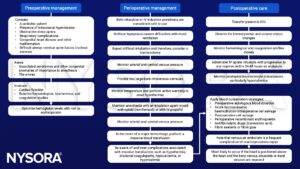
Suggested reading
- Pollard BJ, Kitchen, G. Handbook of Clinical Anaesthesia. Fourth Edition. CRC Press. 2018. 978-1-4987-6289-2.
- Pearson, A., Matava, C.T., 2016. Anaesthetic management for craniosynostosis repair in children. BJA Education 16, 410–416.
- Posnick JC, Ruiz RL. The craniofacial dysostosis syndromes: current surgical thinking and future directions. Cleft Palate Craniofac J. 2000;37(5):433.
We would love to hear from you. If you should detect any errors, email us [email protected]
